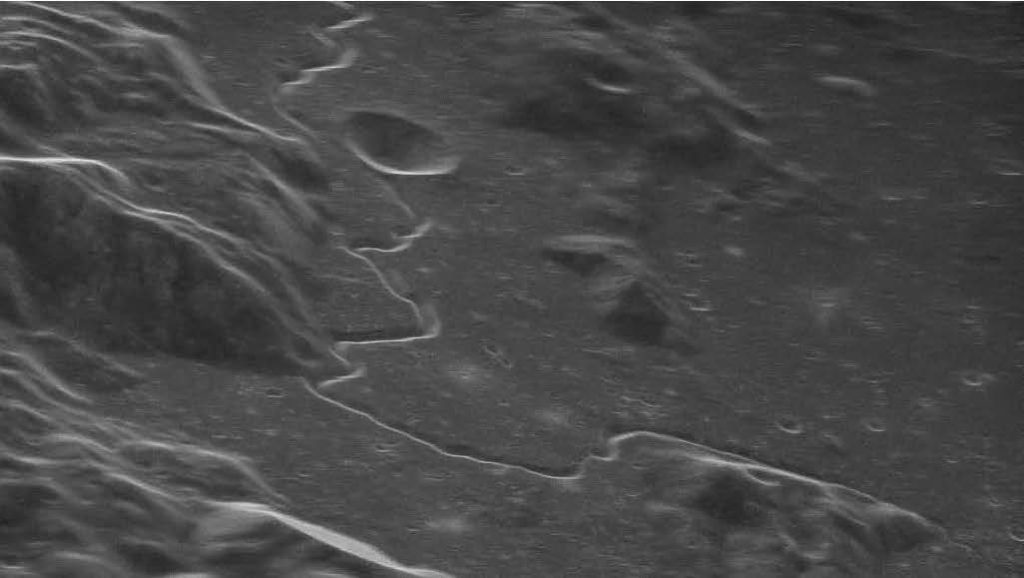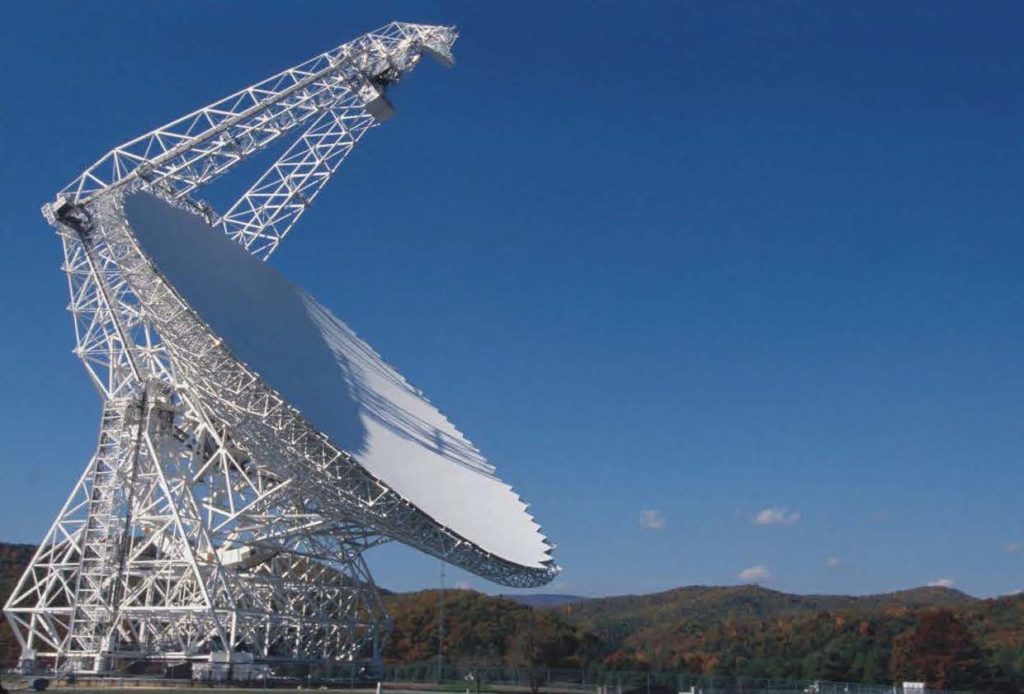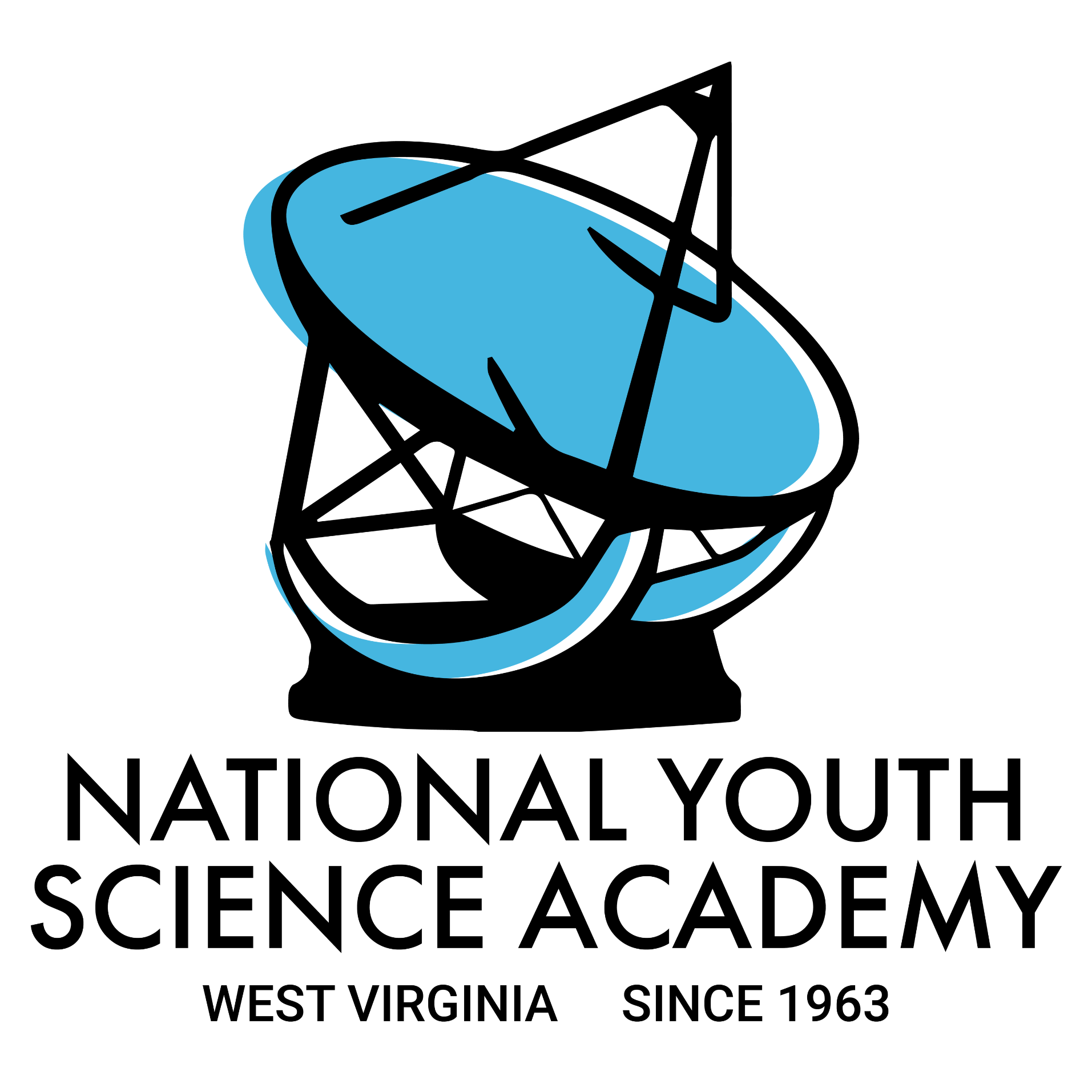The Green Bank Observatory in West Virginia (formerly NRAO) announced breakthrough results in a new radar technology test using the Robert C. Byrd Green Bank Telescope (GBT) in November 2020. Through a collaborative test of equipment with Raytheon, the Green Bank radio telescope, and NRAO’s Very Long Baseline Array (VLBA), astronomers were successfully able to create exceptionally detailed radar images of the Apollo 15 landing site on the Moon, depicting details that had not been seen or photographed since astronauts Dave Scott and Jim Irwin drove NASA’s first lunar rover there on July 31, 1971. For the test, a small 1-kilowatt Raytheon radar transmitter mounted at the focus of the Green Bank Telescope broadcast radio waves at the Apollo 15 landing site in the Moon’s Hadley-Apennine region near the Archimedes Crater at the edge Mare Imbrium. Radar waves directed at that precise location bounced off features of the region and were then picked up back on earth by several of the radio telescope receivers in NRAO’s Very Long Baseline Array, located in places as distant as the US Virgin Islands; Ft. Davis, Texas; Los Alamos, NM; and Mauna Kea, HI. Those radar receptions were then combined to synthesize the image of the region on the Moon.
“This project opens a whole new range of capabilities for both NRAO and GBO… We’ve participated before in important radar studies of the Solar System, but turning the GBT into a steerable planetary radar transmitter will greatly expand our ability to pursue intriguing new lines of research.”
Tony Beasley, director of the National Radio Astronomy Observatory and vice president for Radio Astronomy at Associated Universities, Inc. (AUI).

Credit: Sophia Dagnello, NRAO/GBO/Raytheon/AUI/NSF/USGS
The clarity and detail of the imagery of the lunar landing site stunned the researchers, opening a remarkable new window for the Green Bank Telescope into future research in solar system astronomy. The success of the test heralded the possibility of expanded research opportunities in Green Bank, coincidently at the same time that the Arecibo Telescope in Puerto Rico was no longer available to conduct such research. Because the Green Bank Telescope is the most fully steerable radio telescope in the world, it will be able to aim radar waves precisely at objects throughout the solar system including planets, their moons, asteroids, and nearby space rocks not visible with standard optical telescopes. Using the information collected with this recent test, the collaborative partners will finalize a plan to develop a 500-kilowatt, high power radar system that can image objects in the Solar System with unprecedented detail and sensitivity. The increased performance will allow astronomers to beam radar signals as far away as the orbits of Uranus and Neptune, increasing our understanding of the Solar System.
“The planned system will be a leap forward in radar science, allowing access to never before seen features of the Solar System from right here on Earth.”
Karen O’Neil, the Green Bank Observatory site director

Past participants in programs operated by the National Youth Science Foundation have enjoyed visits to the National Radio Astronomy Observatory annually since the inception of the National Youth Science Camp in 1963, and a host of astronomers and engineers have presented lectures and directed studies to young people there, not only for the NYSCamp but also for NYSF’s other programs for West Virginia youth such as the Mountaineer Youth Science Camp, the Governor’s School in Mathematics and Science, the Youth Science Discovery Initiative, and the Youth Science Leadership Institute. In the past, participants in many NYSF programs have been introduced to radio astronomy for the first time in their lives, and several have gone into related research fields in their careers or even completed internships in Green Bank. This new development in solar system radar research at Green Bank holds promise that future participants in NYSF programs can be inspired by the work of astronomers there as well.

The National Youth Science Foundation will continue to work closely with the Green Bank Observatory as NYSF develops its STEM education programs for West Virginia and the nation. NYSF’s new state-of-the-art facility at the National Youth Science Center in Davis, West Virginia is also near the future location of the new Virgin Hyperloop Certification Center. Together, the Green Bank Observatory and the Virgin Hyperloop Certification Center can both provide NYSF’s program participants with unprecedented access to cutting-edge science and engineering research areas.
The National Radio Astronomy Observatory and the Green Bank Observatory are facilities of the National Science Foundation, operated under cooperative agreement by Associated Universities, Inc.
~Written by Dr. Jim Shuman
Original article: https://greenbankobservatory.org/successful-test-paves-way-for-new-planetary-radar/
Posted on 2021-01-28 at 10:00 am.
Written by Jill Malusky
